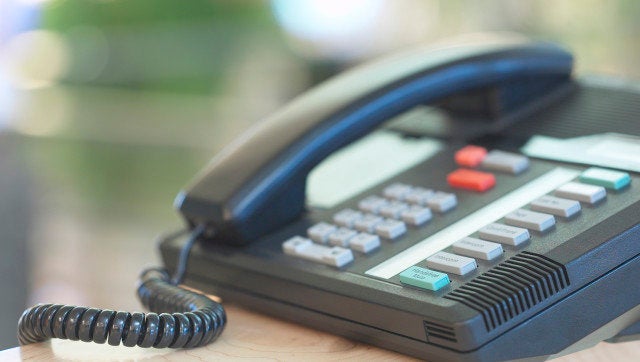
Making phone calls from prison doesn't come cheap. It also comes with a lot of controversy.
The Federal Communications Commission (FCC) last October issued regulations it said should control the high cost of telephone calls made through private companies to prison and jail inmates. A FCC press release said that regulation, backed by a narrow 3-2 vote, would address the "excessive rates and egregious fees" charged by prison telecom providers; agency advocates for the new regulations pointed out calls from prison could cost $14 per minute.
It wasn't the FCC's first stab at the problem. In 2013, it had imposed "interim" per-minute rate caps of 21¢ to 25¢, but only for interstate phone calls. The new rules the agency adopted last October included lower per-minute rate caps, for both interstate and intrastate phone calls, ranging from 11¢ to 22¢.
But the FCC's regulations and interpretations soon received harsh treatment in the courts. First, early this March, a federal appellate court in Washington, D.C. froze the newer caps before they could take effect, so they could review a legal challenge filed by prison call companies. The court left some other parts of the new regulations untouched, however.
At that point, the pro-price caps advocates at the FCC got what must have seemed at the time like a very bright idea. Even though only the new, blocked rate caps had addressed intrastate calls, they had also dropped the interim rule's use of the term "interstate" and now just spoke of "inmate calling service." The court which had blocked the new regulations had not objected to that wording change so, the argument went, the old interim caps now could be applied not just to interstate calls, but to intrastate ones as well.
So on March 16, just one day before the interim regulations were due to lapse for prisons (jails were scheduled to have them until June 20), the FCC issued a "reminder" of forthcoming regulatory changes, and casually -- and for the first time -- gave notice of its new interpretation: the old interim rate caps would now apply to intrastate calls. That bold, but perhaps unwise, step drew call providers back to court, where they quickly got another order, this time blocking the FCC's new interpretation.
The non-blocked portions of the October 2015 rules included some provisions, like caps on ancillary fees, which would take a bite out of service providers' income, but at least one, Securus Technologies, aggressively restructured its rates and charges to compensate.
Soon, the Human Rights Defense Center was writing the FCC to complain about a new round of "price gouging," as the Dallas-based company hiked its fees and intrastate call rates, boosting the cost of some calls by 40% or 50%. Until the courts decide whether the new FCC rules are valid, or whether the agency could legally apply interim rate caps to intrastate calls, the cost of prison calls is likely to remain a continuing irritant.
There's another, seldom discussed issue: the commissions (opponents call them kickbacks) most state and local correctional systems get for giving call providers exclusive access. The providers wanted the FCC to outlaw them, or at least let them include those payments in their cost structure; the agency spoke unfavorably of such payments but didn't ban them.
Christopher Zoukis is the author of College for Convicts: The Case for Higher Education in American Prisons (McFarland & Co., 2014) and Prison Education Guide (Prison Legal News Publishing, 2016). He can be found online at ChristopherZoukis.com, PrisonEducation.com and PrisonLawBlog.com
